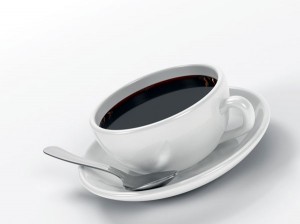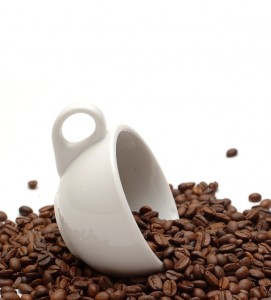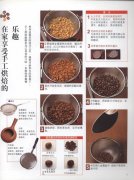Coffee-tracing the bitter and loving taste
Many people will think that caffeine is the source of coffee bitterness, but in fact caffeine accounts for only 1/10 of the bitterness, so where does the remaining 90% come from?

A cup of coffee is a complex drink made up of more than 30 chemicals, and it is these "compounds" that determine the taste, aroma and acidity of coffee. Since the 1930s, scientists have isolated and identified a variety of chemicals related to the sensory composition of coffee, but no one can figure out what makes coffee so bitter.
To solve the mystery, Thomas Hofmann, a food chemist at the Technical University of Munich, Germany, and his colleagues continuously filtered the brewed coffee. They found that a small portion of the filter products contained the lowest molecular weight and the most bitter compounds, which undoubtedly provided a goal for the research team to conduct in-depth analysis. Using mass spectrometry, the researchers determined that one of the compounds was a decomposition product of chlorogenic acid lactone, chlorogenic acid, which is found in almost all plants. The team then baked a range of drinks from regular coffee to bitter coffee and measured the amount of chlorogenic lactone in each coffee.

The researchers found that roasting coffee beans will produce a continuous reaction, first, the chlorogenic acid in coffee beans will be converted to chlorogenic acid lactone, and then, if the processing continues, the latter will be broken down into phenyl dihydrogenated indene. Hofmann pointed out that chlorogenic acid lactone can produce moderate bitterness in lightly or moderately roasted coffee, while the subsequent secondary decomposition products are the root cause of the "bitterness" of espresso.
Peter Martin, a professor of psychiatry at Vanderbilt University in Nashville, Tennessee, said the identification of secondary decomposition products provides new material for studying the potential health effects of coffee. "just as we know very little about chlorogenic acid, we don't know much about other products related to it," he said. " "this study broadens our horizons to better understand the health effects of coffee, and for the coffee industry, it will help improve the taste of coffee," Martin said.
Important Notice :
前街咖啡 FrontStreet Coffee has moved to new addredd:
FrontStreet Coffee Address: 315,Donghua East Road,GuangZhou
Tel:020 38364473
- Prev

Grinding of espresso beans
A cup of espresso requires 7 to 9 grams (about spoon) of ground coffee beans mixed with about 57 grams (4 tablespoons) of water. This will make a small cup of black espresso of about 43 grams, with a strong aroma, a slight bitterness in sweetness, and almost pulpy. After grinding, the oil in the coffee bean comes into contact with the air and begins to oxidize almost immediately and lose its original flavor. This will also have a shadow on the bubble.
- Next

Own coffee bean roasting knowledge hand net coffee bean roasting
Related
- Beginners will see the "Coffee pull flower" guide!
- What is the difference between ice blog purified milk and ordinary milk coffee?
- Why is the Philippines the largest producer of crops in Liberia?
- For coffee extraction, should the fine powder be retained?
- How does extracted espresso fill pressed powder? How much strength does it take to press the powder?
- How to make jasmine cold extract coffee? Is the jasmine + latte good?
- Will this little toy really make the coffee taste better? How does Lily Drip affect coffee extraction?
- Will the action of slapping the filter cup also affect coffee extraction?
- What's the difference between powder-to-water ratio and powder-to-liquid ratio?
- What is the Ethiopian local species? What does it have to do with Heirloom native species?

